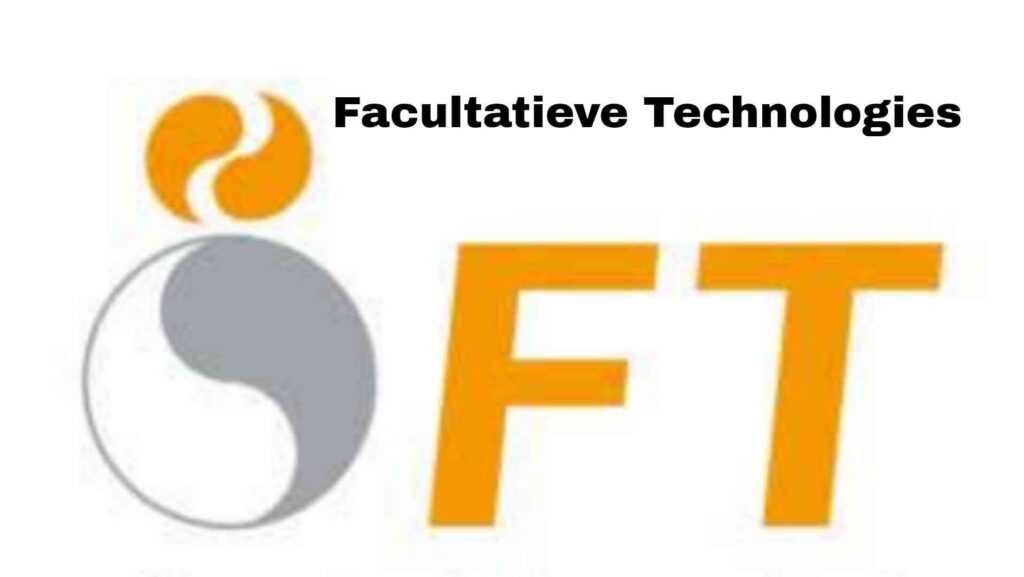Introduction to Facultatieve Technologies
Facultatieve technologies are transforming the landscape of modern innovation by offering flexible, adaptable solutions that cater to diverse industry needs. These technologies, characterized by their optional or supplementary nature, enable businesses to enhance efficiency, improve user experience, and stay ahead in competitive markets. As the digital era advances, understanding the importance and applications of facultatieve technologies becomes essential for organizations aiming to leverage cutting-edge tools for growth and sustainability. This article explores the multifaceted world of facultatieve technologies, their significance across various sectors, and how they are shaping the future of innovation.
Understanding Facultatieve Technologies: Definition and Core Concepts
Facultatieve technologies refer to optional or supplementary technological solutions that can be integrated into existing systems to augment functionality without replacing foundational frameworks. Unlike mandatory upgrades, facultatieve technologies provide flexibility, allowing businesses to choose what best fits their strategic goals. These technologies often include modular software, add-on features, or adaptable hardware components that can be customized based on specific needs. Their core advantage lies in offering scalable options that promote agility, cost-effectiveness, and ease of implementation. By focusing on optional enhancements, organizations can tailor their technological landscape to evolve seamlessly with changing market demands, thus remaining competitive and innovative.
The Role of Facultatieve Technologies in Business Optimization
In the realm of business optimization, facultatieve technologies serve as powerful tools that enable companies to fine-tune their operations. They facilitate the integration of new functionalities without disrupting existing workflows, ensuring minimal downtime during upgrades. For example, modular customer relationship management (CRM) systems can be expanded with optional features like AI-driven analytics or automated workflows, helping businesses better understand their clients and optimize marketing strategies. Additionally, facultatieve technologies support scalability, allowing firms to adapt swiftly to market fluctuations and technological advancements. This flexibility ensures that organizations can experiment with new ideas, implement pilot programs, and expand successful initiatives gradually, ultimately leading to improved productivity and profitability.
Applications of Facultatieve Technologies in Various Industries
Facultatieve technologies have diverse applications across multiple industries, including healthcare, manufacturing, finance, and retail. In healthcare, modular medical devices and electronic health record (EHR) systems can be customized with optional features like telemedicine or advanced diagnostics, enhancing patient care. Manufacturing firms leverage facultatieve automation tools that can be integrated as needed to improve production lines without overhauling entire systems. In finance, optional cybersecurity modules strengthen data protection, while retail businesses utilize flexible point-of-sale (POS) systems with expandable functionalities for inventory management and customer insights. These examples demonstrate how facultatieve technologies enable industries to innovate efficiently, improve operational agility, and respond quickly to evolving market trends.
Advantages of Implementing Facultatieve Technologies
Implementing facultatieve technologies offers numerous advantages for organizations seeking agility and efficiency. Firstly, they provide cost-effective solutions since businesses only invest in features that add value, avoiding unnecessary expenses on full system overhauls. Secondly, facultatieve technologies enhance flexibility, allowing seamless integration of new tools or features as needs evolve. This adaptability reduces the risk of obsolescence and future-proofs investments. Thirdly, they encourage innovation by enabling incremental upgrades, testing new ideas, and expanding functionalities gradually. Additionally, these technologies promote better resource management by simplifying maintenance and updates. Overall, adopting facultatieve technologies empowers organizations to innovate continuously while maintaining control over their technological infrastructure.
Challenges and Considerations in Adopting Facultatieve Technologies
While facultatieve technologies offer significant benefits, their adoption also presents challenges that organizations must navigate carefully. One key concern is compatibility; integrating optional modules into existing systems requires thorough assessment to prevent conflicts or performance issues. Organizations must also consider security implications, as additional features may introduce vulnerabilities if not properly managed. Moreover, managing multiple optional components can increase complexity, demanding robust oversight and skilled personnel. Cost management is another consideration, as while initial investments may be low, ongoing maintenance and updates need to be planned strategically. To maximize benefits, organizations should conduct comprehensive evaluations, establish clear integration protocols, and invest in staff training to ensure smooth deployment and operation of facultatieve technologies.
Future Trends and Innovations in Facultatieve Technologies
The future of facultatieve technologies is poised for remarkable growth, driven by ongoing advancements in artificial intelligence, machine learning, and the Internet of Things (IoT). We can expect increasingly intelligent modular systems that adapt dynamically to user behaviors and operational contexts. For example, AI-powered facultatieve modules could automatically suggest enhancements based on usage patterns, enabling proactive upgrades. Additionally, the rise of low-code and no-code platforms will make it easier for businesses to customize and deploy optional features without deep technical expertise. As data analytics becomes more sophisticated, facultatieve technologies will offer predictive insights and personalized solutions that elevate user experiences. These innovations will empower organizations to respond swiftly to market changes, foster innovation, and maintain a competitive edge in their respective industries.
How to Choose the Right Facultatieve Technologies for Your Business
Selecting suitable facultatieve technologies requires a strategic approach tailored to organizational goals and operational needs. First, conduct a thorough assessment of existing systems to identify gaps and areas where optional enhancements could add value. Engage stakeholders across departments to understand their specific requirements and prioritize features that align with overall business strategies. Evaluate vendor offerings carefully, focusing on compatibility, scalability, security measures, and support services. It’s also advisable to consider future growth plans to ensure chosen technologies can evolve with your organization. Pilot testing optional modules in controlled environments helps identify potential issues before full deployment. Ultimately, a customer-centric approach that emphasizes flexibility, ease of integration, and long-term value will guide you in selecting the most effective facultatieve technologies for your business.
Implementing Facultatieve Technologies: Best Practices and Strategies
Successful implementation of facultatieve technologies hinges on strategic planning and stakeholder engagement. Begin with a clear roadmap outlining objectives, timelines, and resource allocation, ensuring alignment with business goals. Engage IT teams, end-users, and management early to foster buy-in and gather valuable insights. Conduct comprehensive testing to identify compatibility issues and security vulnerabilities before full deployment. Training staff on new features enhances adoption and minimizes disruptions. Establish robust support and maintenance protocols to handle updates and troubleshoot issues efficiently. Regularly review performance metrics to assess the impact of facultatieve technologies and make necessary adjustments. By following these best practices, organizations can maximize the benefits of optional technological enhancements while minimizing risks and ensuring smooth integration.
Conclusion: Embracing the Potential of Facultatieve Technologies
Facultatieve technologies represent a versatile and forward-thinking approach to digital transformation, offering organizations the flexibility to innovate without overhauling entire systems. Their ability to provide scalable, customizable solutions makes them invaluable in a rapidly evolving technological landscape. By carefully selecting and strategically implementing facultatieve technologies, businesses can enhance operational efficiency, foster innovation, and stay competitive in their respective markets. As future advancements continue to expand their capabilities, embracing facultatieve technologies will become essential for organizations seeking sustainable growth and technological resilience. Staying informed and adaptable ensures that organizations capitalize on the full potential of these optional yet powerful tools, driving success in an increasingly digital world.



